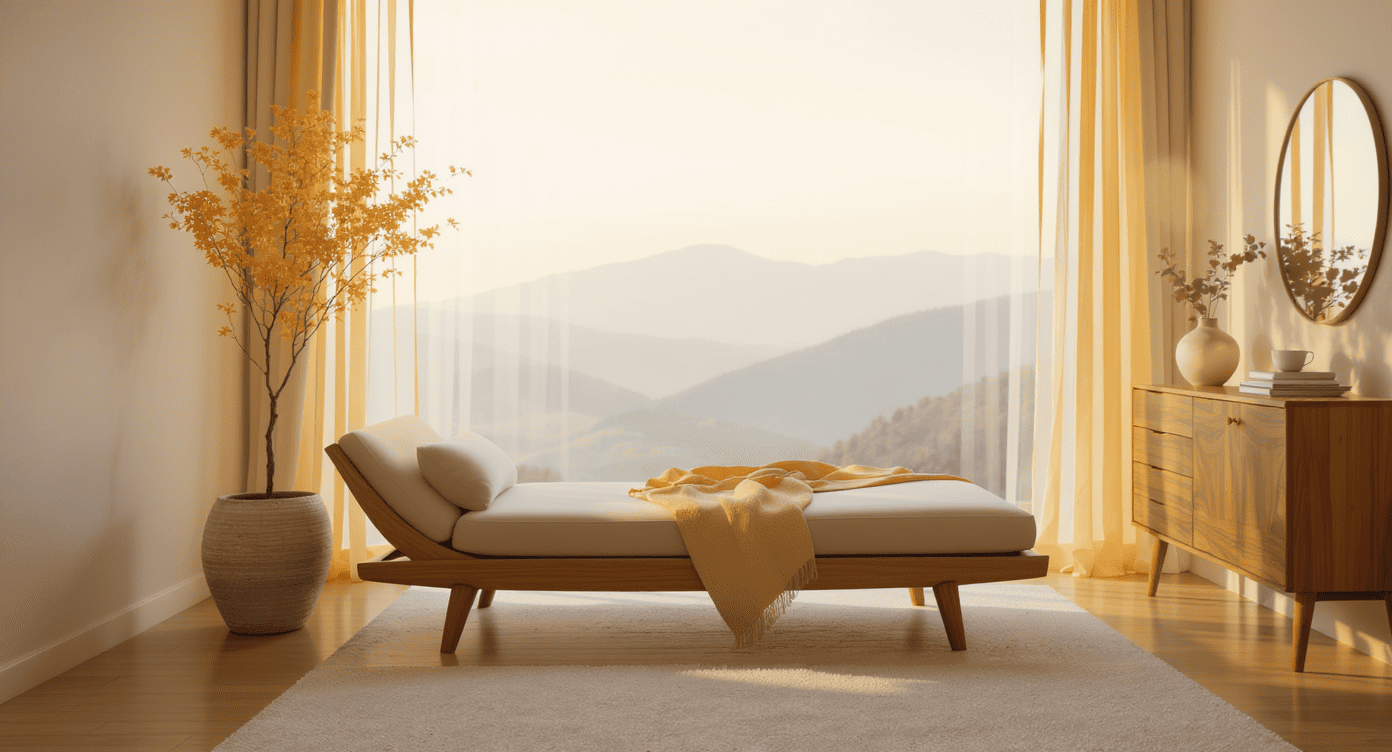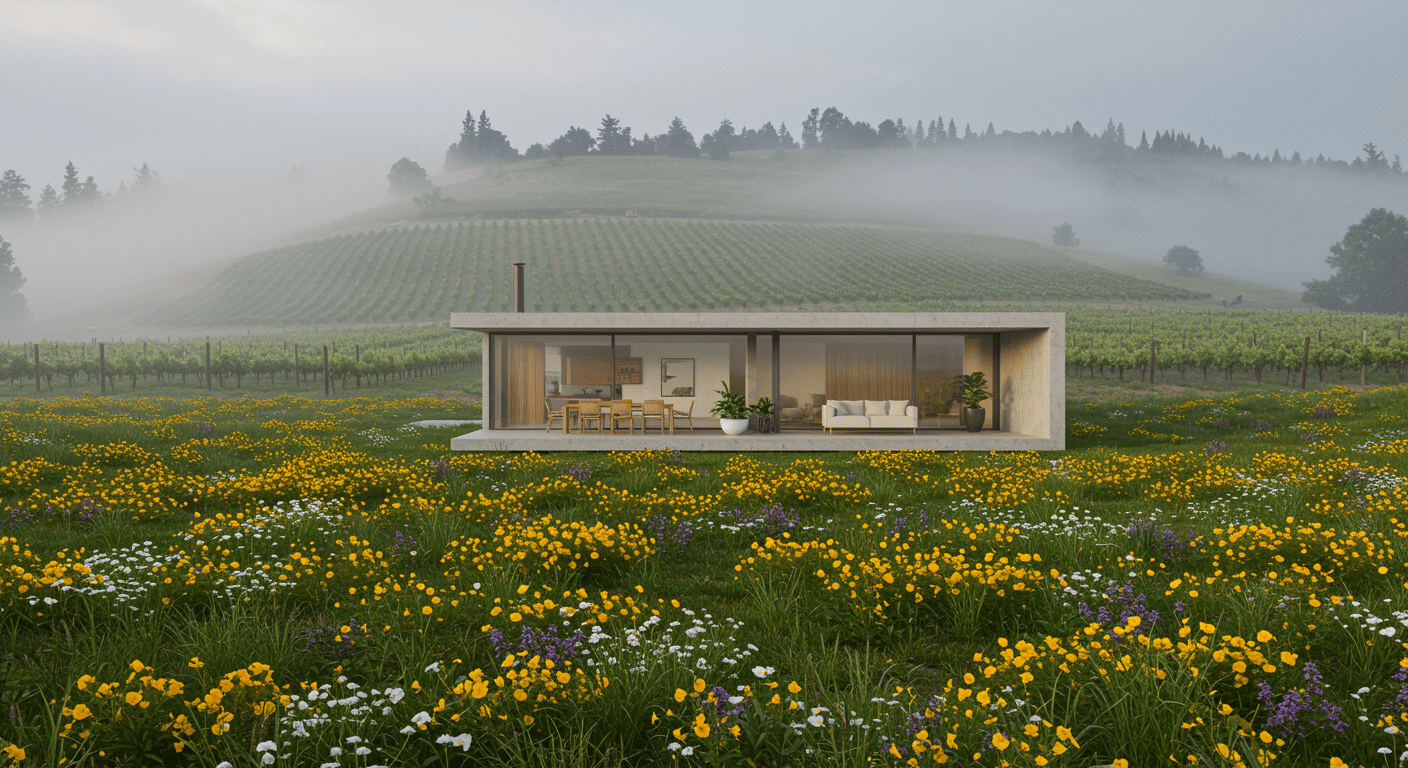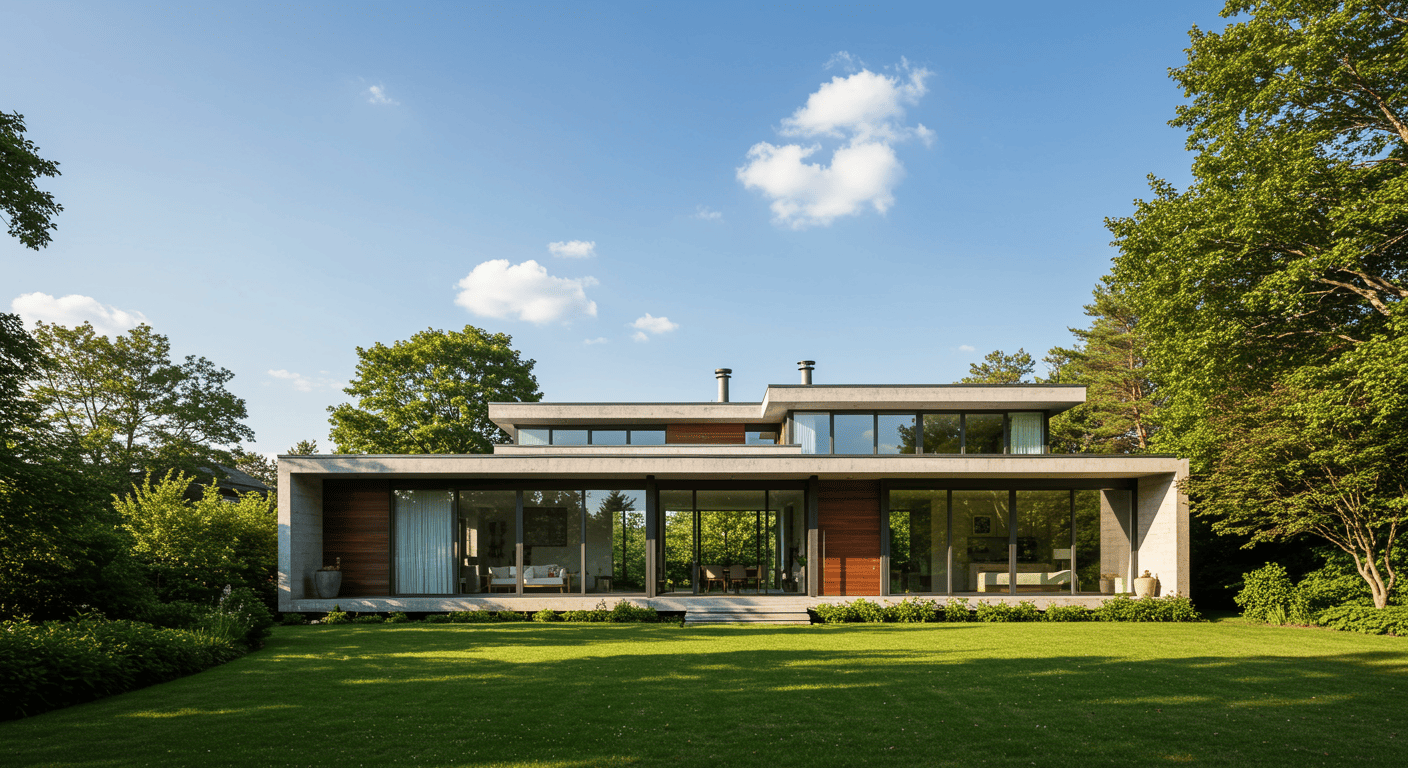
Choosing the Right Home Layout for Your Family
Introduction
When it comes to designing or selecting the perfect home for your family, the layout is one of the most crucial factors to consider. Your home’s layout will shape your day-to-day life, offering the spaces you need to function, relax, and connect. Whether you’re a growing family or looking to downsize, choosing the correct layout ensures that your space is not only beautiful but also practical for your needs. In this article, we’ll explore the key factors to consider when choosing the best home layout for your family.
Think About Family Lifestyle
Before diving into floor plans, it’s essential to think about your family’s lifestyle and how you spend time together. If you enjoy hosting large gatherings or prefer quiet evenings at home, the layout should reflect that. If you need calm, private spaces for studying or working from home, this will also influence your choices. Open-concept designs can be great for bringing the family together and making hosting easier. At the same time, a layout with private rooms for work and relaxation ensures everyone has their own space.
Bedrooms and Bathrooms: Space to Grow
For families, the number of bedrooms and bathrooms is one of the most important aspects of a home’s layout. Consider how many people will be living in the house and what the future may hold. Will you need extra bedrooms as your children grow, or are you planning for a home office or guest room? A home layout with flexible spaces, such as an office that can also serve as a guest room, might be ideal. As your family grows, sharing a bathroom may become an issue, so having multiple bathrooms or at least an ensuite in the main bedroom can be a great solution.
The Heart of the Home: Kitchen and Dining Areas
The kitchen is often considered the heart of the home. It’s where you cook, gather, and sometimes even do homework or have casual conversations. The layout of your kitchen and dining areas should reflect how you use these spaces. A functional kitchen design, featuring ample counter space, easy access to storage, and a layout that facilitates efficient meal preparation, can be a game-changer. If your family enjoys meals together, consider a spacious dining room or a breakfast nook that fits your lifestyle.
Think About the Flow of the Home
Flow refers to how spaces connect and how easily one can move through the home. A well-planned flow will make it easier for family members to get from one room to another without unnecessary obstacles. A layout where common areas, such as the living room, kitchen, and dining area, are well-connected helps create a smooth and natural flow throughout the home. Additionally, bedrooms should be placed away from noisy areas, such as the living room, to maintain privacy and quiet when needed.
Storage Solutions
Storage is key to maintaining a tidy home, especially for families with children or multiple people. A layout with sufficient storage space is crucial for maintaining organization. Built-in storage, like shelves, cabinets, and mudrooms, is a great way to maximize space. A dedicated storage area for shoes, coats, and bags can help reduce clutter. Additionally, homes with basements, attics, or flexible rooms can offer extra storage or be easily converted as your needs evolve.
Future Flexibility
A home layout that offers flexibility is an excellent investment for your family’s future. As your children grow, you may want to repurpose a playroom into a study area or transform a guest room into a home gym. Open spaces, like a bonus room or a finished basement, allow for easy modifications. These adaptable spaces can accommodate your changing needs over time, making the home more versatile as your family’s requirements evolve.
Conclusion
Choosing the proper home layout for your family is about balancing your current needs with future flexibility. Consider how your family interacts, the amount of space you require, and how you envision the flow of your home to function. A well-planned layout can make your home more comfortable, functional, and enjoyable for everyone.
If you’re ready to take the next step, start exploring our customizable home plans to find the design that best fits your family’s lifestyle and needs.
Ideas & Inspiration
New Concepts Await.
Looking for fresh ideas?
Check out our articles for design inspiration, trends, and practical tips.

